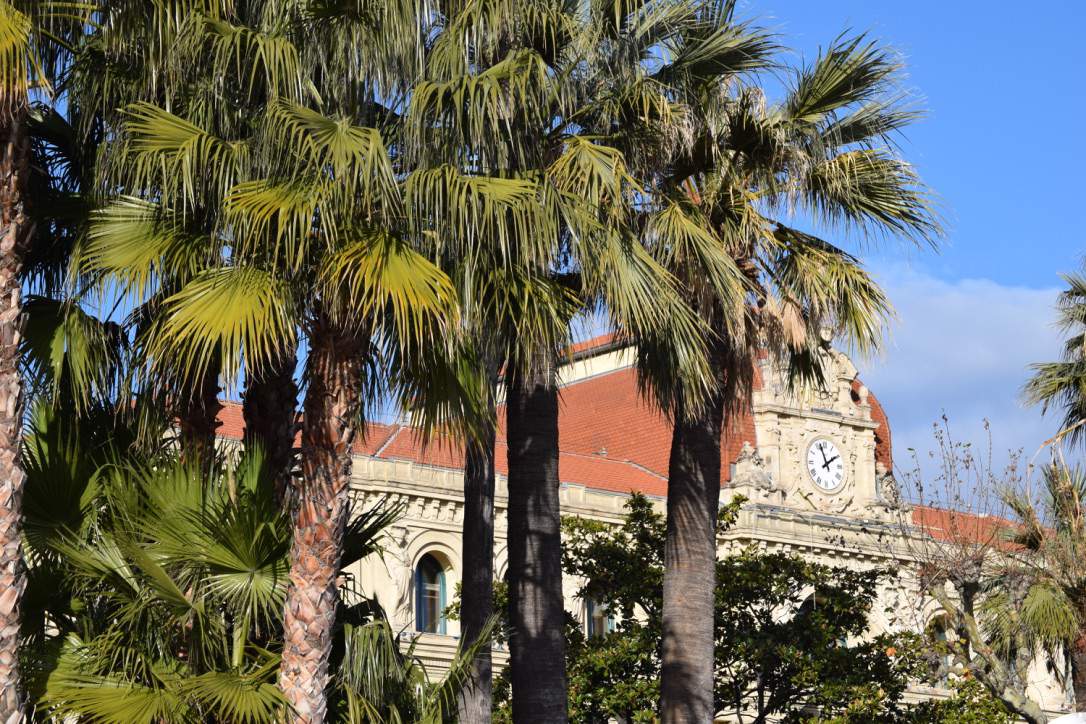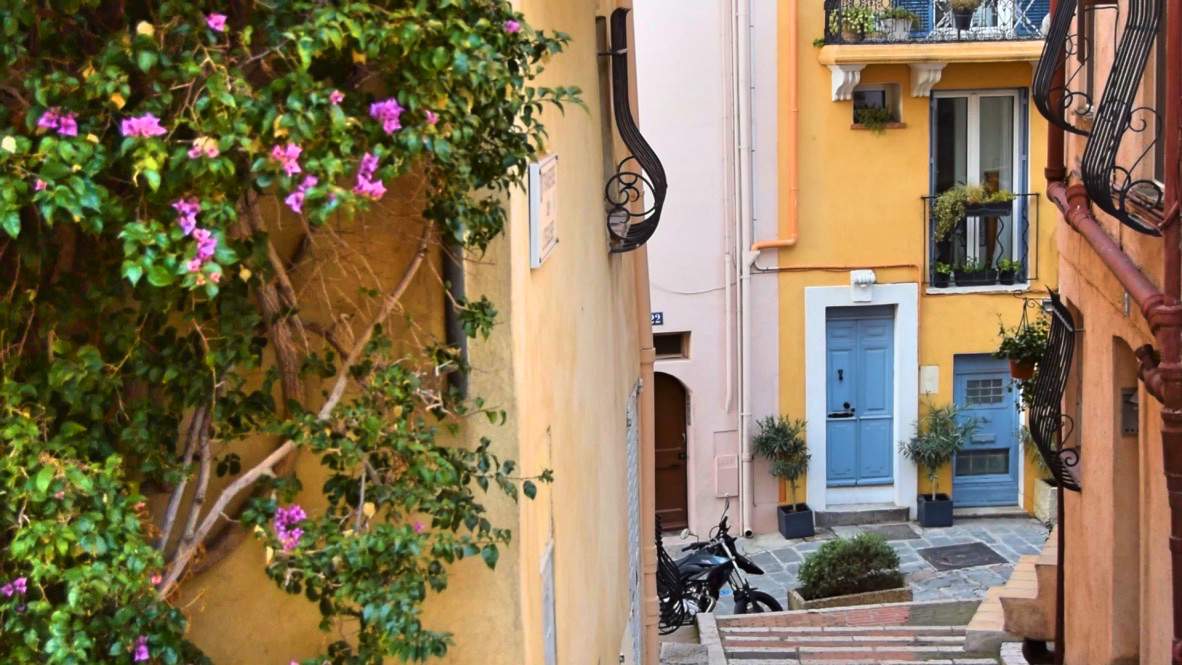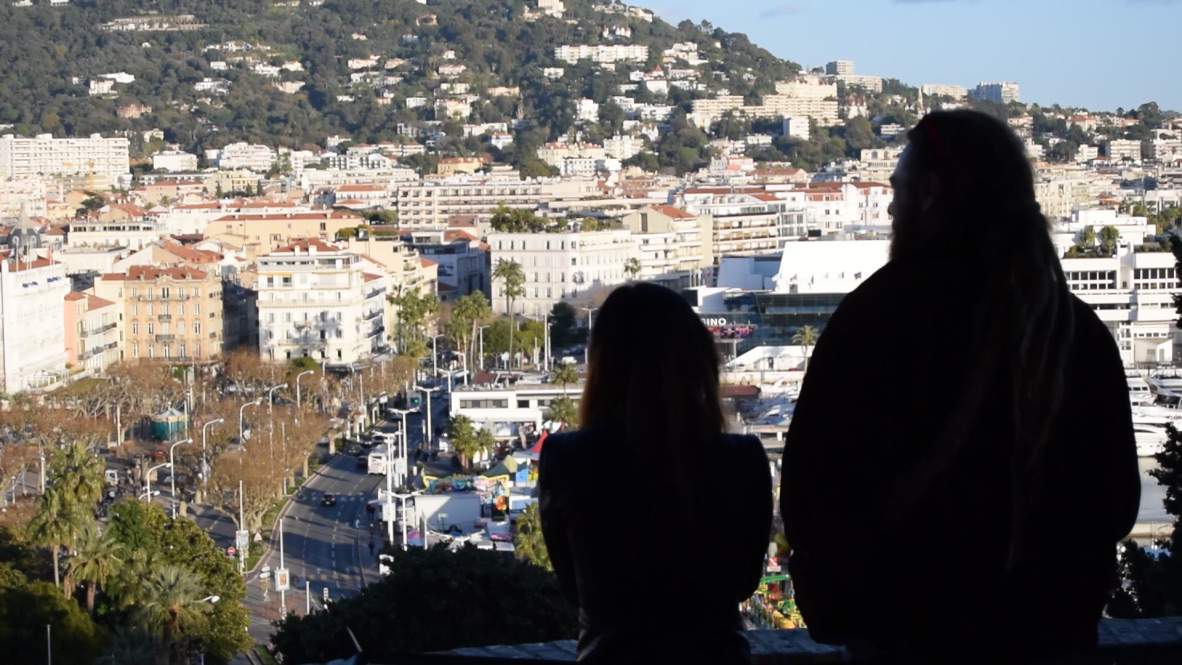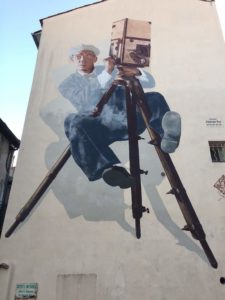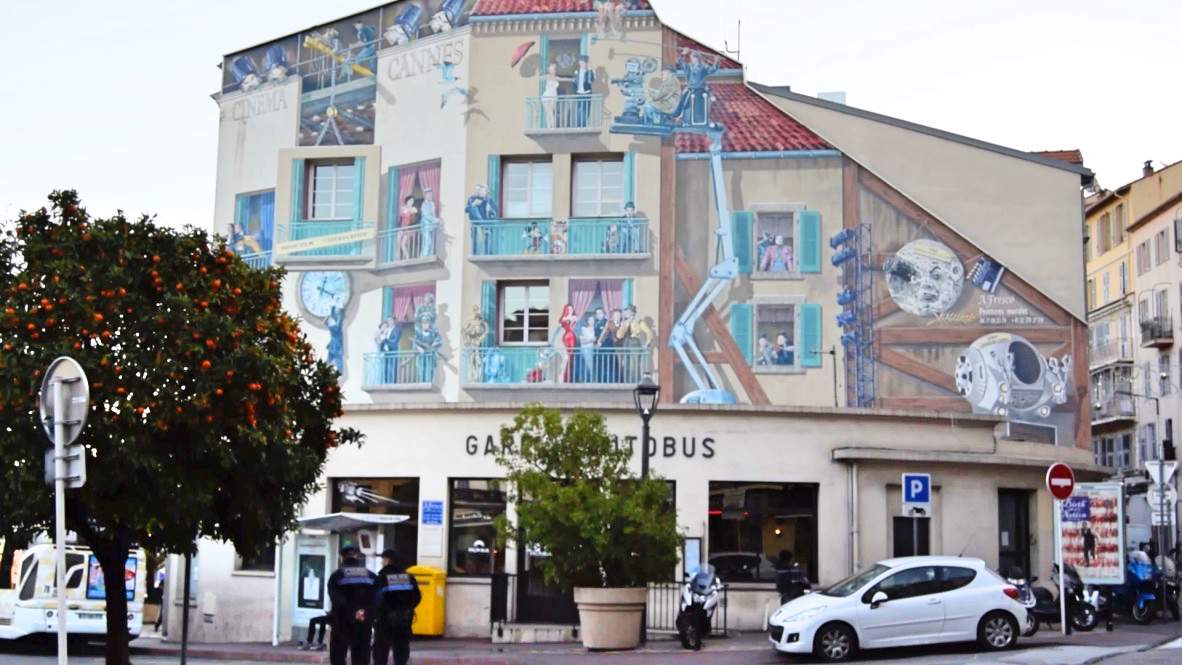The 70th Cannes Film Festival is set to shine a spotlight on this trendy city on the Côte d’Azur. For almost two weeks (May 17 to 28) film makers, producers, celebrities and a whole load of wannabes will descend in droves to be part of this world famous event. Oh, the glamour and the glitz.
However unless you are part of the glitterati you should know that you are unlikely to have any access to this invite-only event or even get hotel room in the city. And in any case, celebrities have become so adept at getting in and out of cars without having to mingle with the public that the chances of meeting or even spotting someone you recognise may be remote.
Having said that, festival big wigs, mindful of how the public has been excluded, have since 2011 organised film screenings at the Cinéma de la Plage, which take place each night under the stars.
How did Cannes become so trendy?
In bygone days, it was a mere fishing village. It became home to a community of wealthy monks whose very presence attracted plundering pirates who came and went as they pleased.
So a military fortress was built. It included a church and castle, which today is a primitive art museum. The fortifications have gone now to make way for living space but you can still see a relic at the front of the church.
Over the years there were wars and even a plague which in 1579 decimated the community. Finally the 18th century brought peace and stability and by 19th century there was a peaceful invasion by the British who brought wealth and aristocratic style.
Lord Brougham was pivotal to this. A former British Chancellor he simply fell in love with Cannes when he visited in 1834. So he stayed and built himself a villa at the Croix des Gardes. It wasn’t long before posh Brits and Europeans followed primarily to escape to the sun. Since then the city has remained the trendiest hot spot on the Côte d’Azur.
If you look up from the port you will see their stylish white properties that look bright against the dark green mountains.
The most historic area is Le Suqet and within it is the oldest street in the city – the climbing, winding cobbled lane Rue Saint-Antoine. You can follow it to the top passing cute restaurants and bars on the way to the old town, with the Notre-Dame d’Espérance church, and the huge Cannes sign that marks the zenith. The views over city, the sea and the red Estérel mountains beyond is simply idyllic.
The most popular place to take a leisurely walk is along La Croisette. This lovely promenade curves with the coast where sandy beaches are overlooked by upmarket retail outlets and eye-widening palatial hotels
Shopping
Cannes is big on luxury shopping and the (almost predictable) big-name brands are on La Croisette – you know the ones: Chanel, Dior, Yves St Laurent and so on. As you walk to Rue d’Antibes the slightly more affordable shops such as Zara and Façonnable pop up.
Rue Meynadier is choc full of boutiques and though it may look touristy, some of them been there for half a century. Follow your nose to number 22, to Fromagerie Ceneri which has been there since 1968. The aroma that escapes from this delightful cheese shop is so strong because not only do they sell their produce, they mature their own cheeses too.
For groceries of a rustic and certainly Provencal nature, head for the Forville market on Place du Marché. It’s perfect for those who are self-catering or simply for a picnic on a beach.
In any case rubbing shoulders with the locals and browsing is a charming way to spend an afternoon. While there, buy and eat Socca – a typically Provencal dish – in situ. It is made with chick pea flour on round (50 cm) tins and cooked in a very hot wood-fired oven for about six minutes, until the top is golden. Or try Pain Bagnat which is a round fish roll. Or Pissaladière which is a pizza base with sautéed onions and anchovies.
Potted history of the Film Festival
The Film Festival was propelled into being by Jean Zay, the French Minister of National Education. It was supposed to debut in 1939. Everything was ready but the outbreak of World War II and the city was occupied by the Germans. The war lasted six long years and the story goes that the liberation by the Americans in 1944 famously involved the American actor Mr. Douglas Fairbanks Jr, who captained a US naval ship.
By 1952 the Palais des Festivals et des Congrès now located at the top of Boulevard de la Croisette where once stood a casino, became the permanent home for the festival. In 1955 the Palme d’Or (Golden Palm) award for best film was introduced.
This modern six storey building with its famous red carpet and Allée des Stars – the Cannes’ walk of fame – are perfect for striking a pose and your own personal photo shoot.
Just about to go on a Cannes & Film guided tour of #Cannes. Anything you'd like us to ask the guide? pic.twitter.com/0LLdjRRU1q
— The Travel Magazine (@TravelMagazine) January 6, 2017
The Palme d’Or symbol alludes to the palm tree in Cannes’ coat of arms which, in turn, comes from the coat of arms of Lerins Abbey, from the time when Cannes belonged to the Lerins monks. The story goes that Saint Honorat came to snake infested Lerins Islands he climbed up the palm tree while the sea covered the island and drowned all the snakes.
To learn more about Cannes and the Film Festival, we recommend the Cannes & Cinema, Festival Palace and Once upon a time: Cannes guided tours.
Cannes famous film-related Murals
You can get a sense of festival at any time of the year because Cannes is a fabulous open-air shrine to its film festival. One of the pleasures of ambling around town is coming across the amazing film-related murals.
There are 15 of them dotted around the neighbourhoods. They all loom large on huge buildings and the biggest is on 2 quai Saint-Pierre which is a collage of a hundred years of cinema. It’s fun to pick out the characters such as R2-D2, Mickey Mouse, a dancing Fred Astaire and even Batman. No doubt you will spot several others.
Excursion
Catch a ferry to the fortress on Sainte Marguerite Island and check out the royal prisons (watch the video). The Man in the Iron Mask (identity unknown) was incarcerated on the island for 11 years in the late 17th century alongside Protestants who were incarcerated during the 17 and 18th centuries for so called religious crimes. Here they suffered for their faith to the point of madness and even death. King Louis XIV thought this method would encourage wayward pastors to recant and indeed be an example for the rest of the Protestant population.
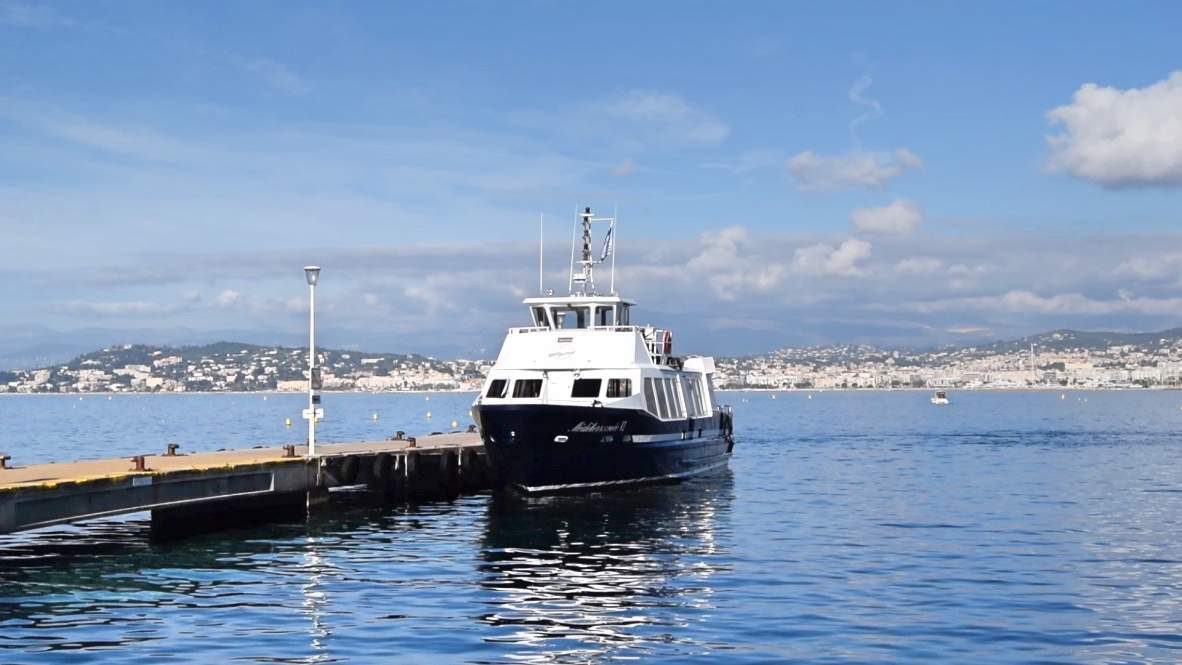
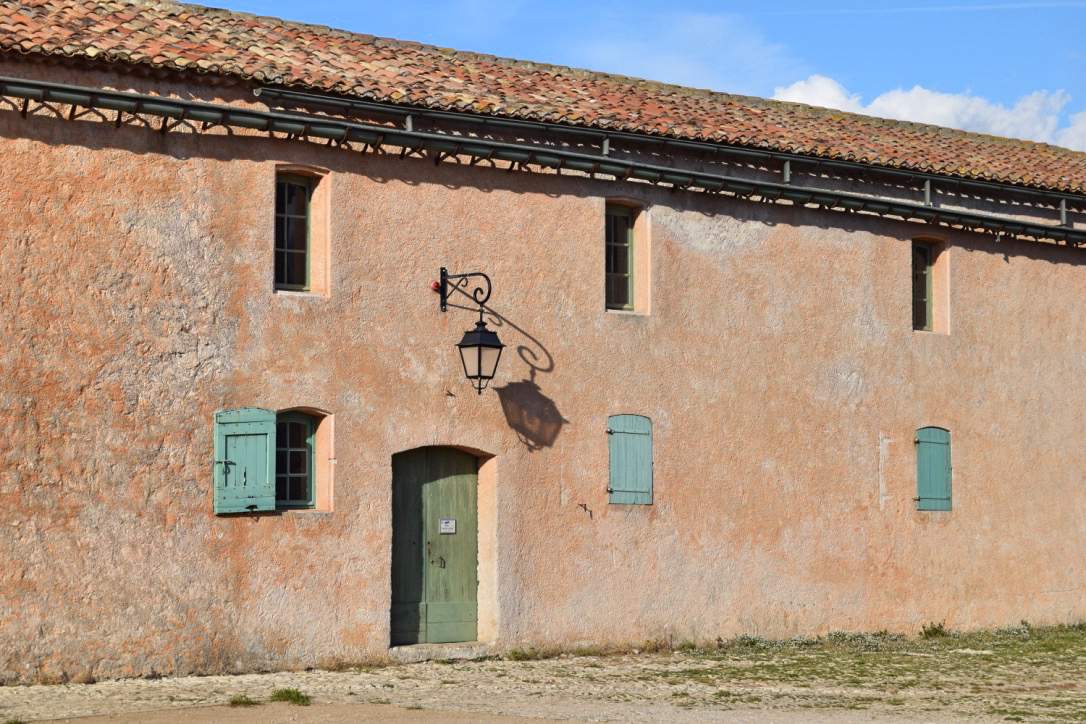
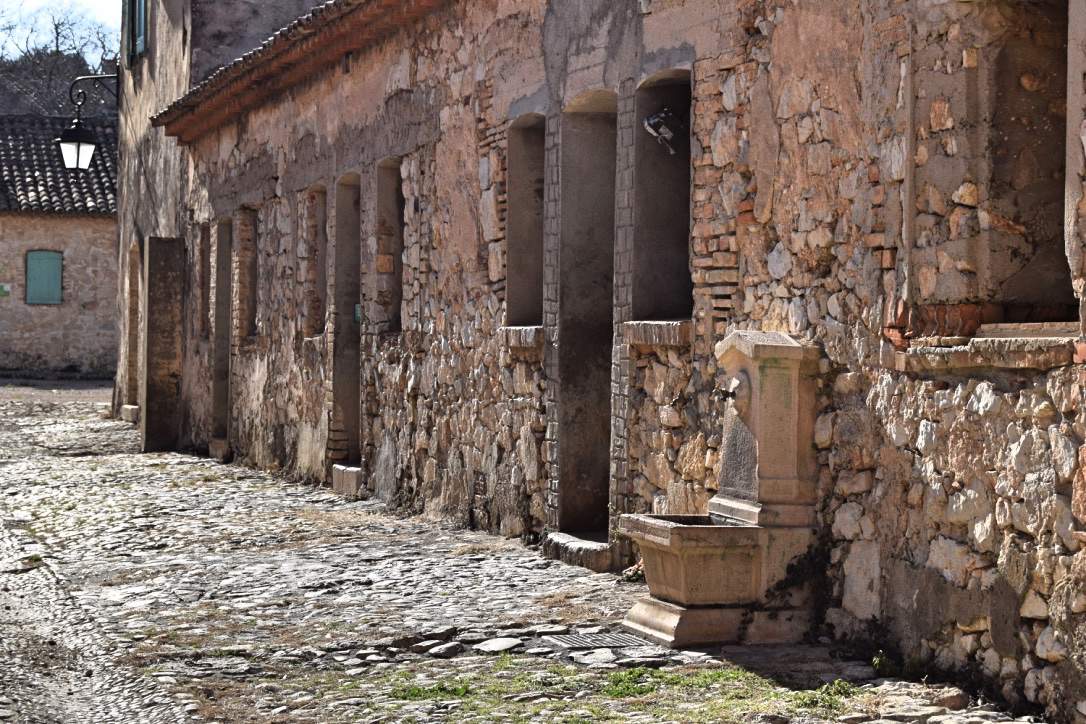
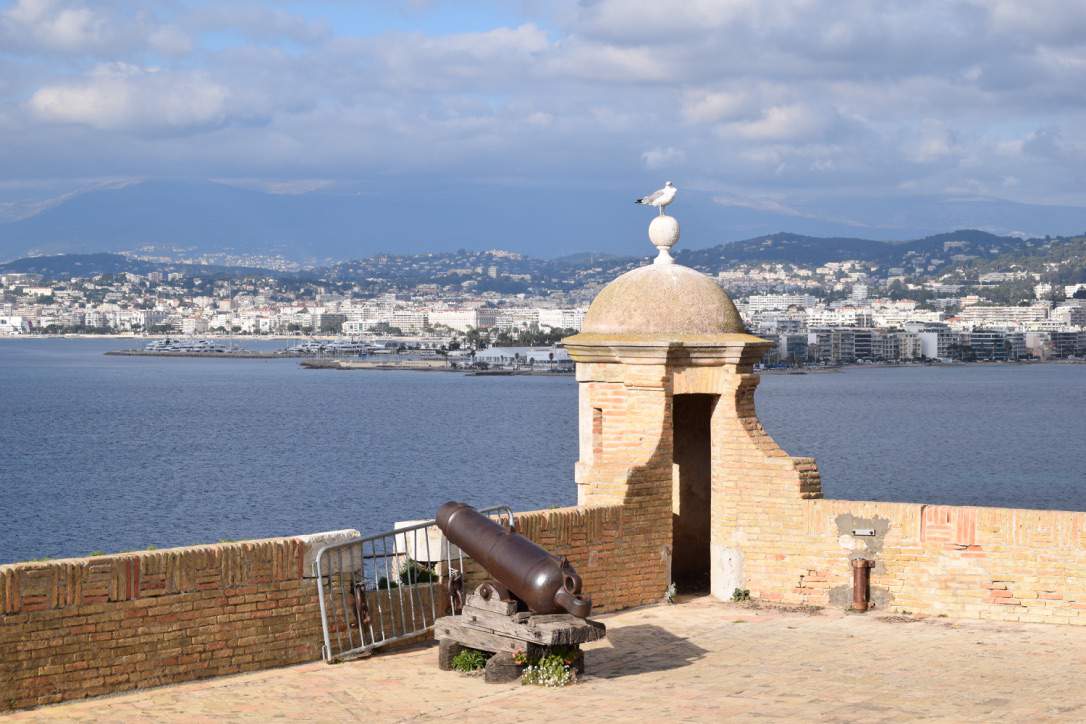
Where to Stay
There are two lovely hotels located on the palm-lined La Croisette Boulevard: The Intercontinental Carlton which looks dazzling with its Belle Epoque facade and the iconic Art Deco styled Hotel Martinez with its three restaurants and private beach. They offer views over the Med are both close to the shopping areas and restaurants.
There are less grand hotels, that nevertheless offer clean, pleasant accommodation and great service. Two newcomers to town are the fantastic value all-inclusive concept hotel Okko Cannes – designed to feel like an airport lounge and the great value compact, and the particularly quirky Ibis Styles which looks fantastic with its celebrity themed decor throughout. While you sleep you may well have Marilyn Monroe looking down on you.
However, at peak times and especially during the Festival it’s unlikely you will find a room in Cannes as these are booked way in advance.
We found two fantastic alternatives not far from Cannes: the rustic chic Lune de Mougins and the impossibly romantic offering Tiara Yaktsa in Théoule-sur-Mer reached via the twisty N8 road on the French Riviera.
Getting there:
Cannes is served by Nice International airport around 24 Km (15 miles) from the town centre. Easyjet flies from London Luton, Stansted and Gatwick airports with prices from £131 return.

